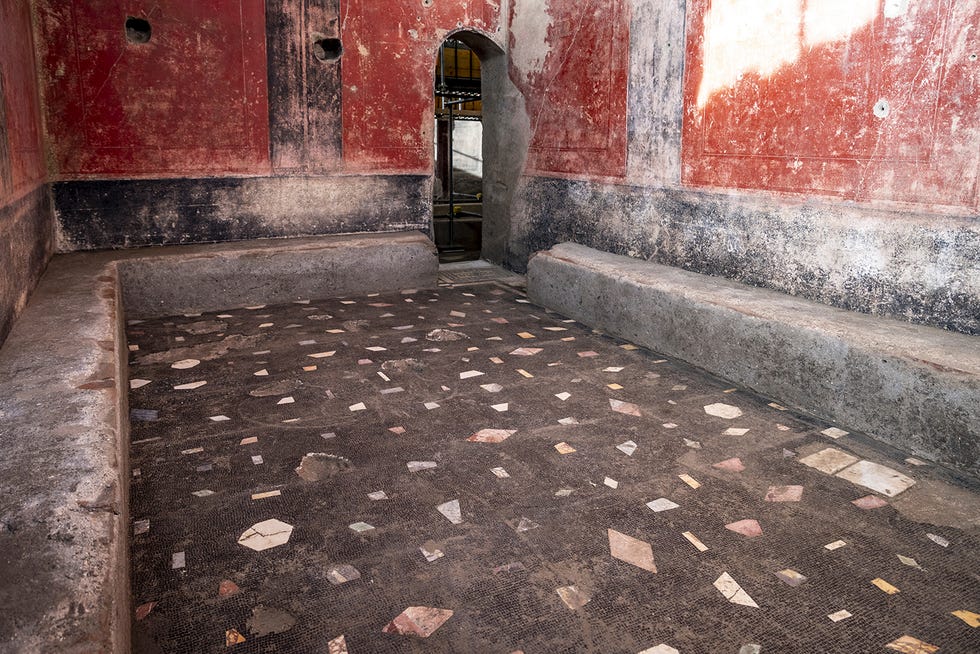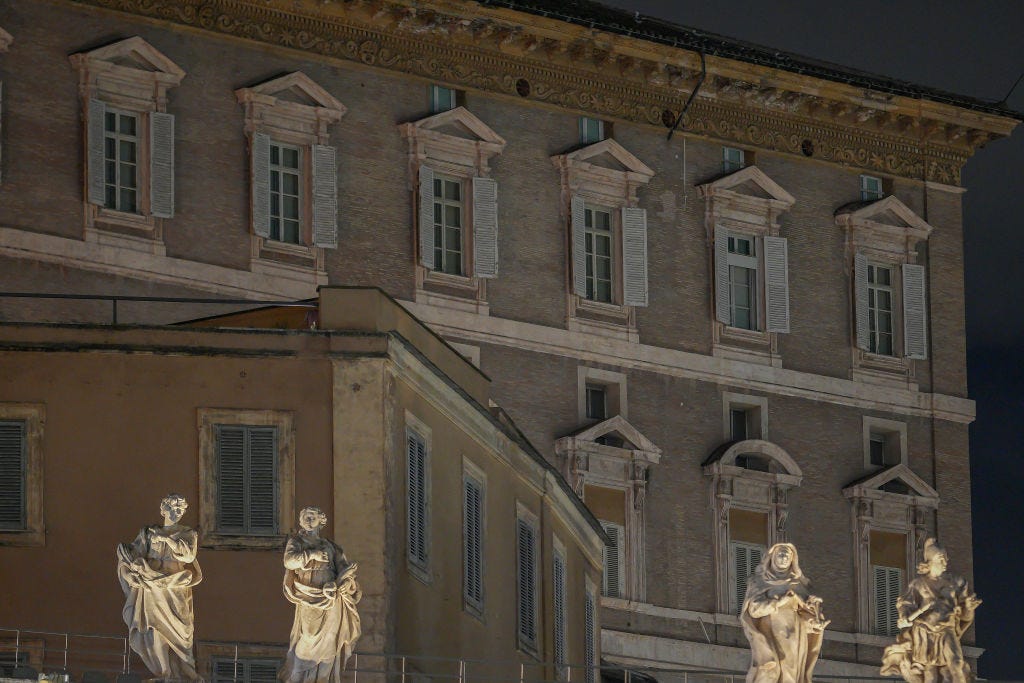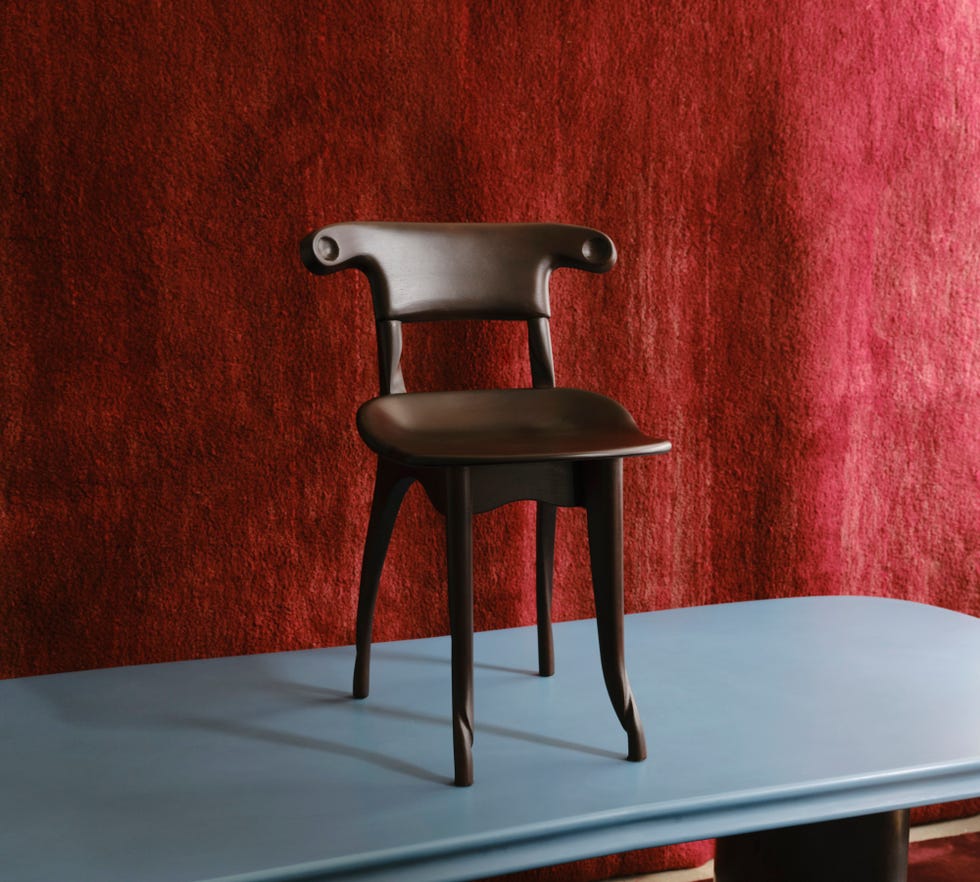History buffs have no doubt heard of the ancient bathhouses in Rome (called Thermae, for those of us who speak ancient Latin) but just this month archaeologists uncovered one of the most luxurious we’ve seen in the ruins of Pompeii. Nearly 2,000 years after the Mount Vesuvius volcanic eruption destroyed this Italian city, preserving it in a time capsule of ash, scientists are still discovering more of the city’s history and culture. This month, the city revealed one more hidden secret: An opulent bathhouse, most likely owned by a wealthy Pompeii politician, kept away from prying eyes for centuries.
The uncovered bathhouse tells more about what life may have been like for the wealthiest in the city–and the ancient technologies that we can still marvel at today. With rooms for cold, hot, warm baths, and a plunge room, this discovery is one of the largest private bathhouses found at Pompeii. After a nearly two-year excavation, archaeologists also discovered the jaw-dropping art, mosaic floors, and stonework that made this home one of the grandest in the city. Although, with more than a third of Pompeii still entombed in ash, there may still be more that could rival even this latest find.
This bathhouse was just part of a large, privately-owned home. Included in the unearthing was a prayer room–still with its blue paint and gold motifs clearly visible–along with building supplies for what was then an ongoing-renovation.
Alongside the luxurious historic finds was also a grim discovery: Two bodies who perished during the eruption. An adult woman was found clutching gold coins–which archaeologists say still gleam like new–and what may have been her most precious gold-and-pearl jewelry. The other body was what scientists’ believe may have been a young enslaved person, a boy whose job it might have been to keep the bathhouse running in horrifically hot conditions. Scientists theorize that the boy was crushed by falling debris in the eruption, while the wealthy woman was overcome by the boiling gas and ash that took the lives of many in Pompeii.
These latest finds offer a deeper look into the lives, social hierarchies, and incredible architecture that Pompeii can still show us. While Pompeii was leveled more than 2,000 years ago, there is still so much we can glean from how its people lived. These days, major cities are creating modern day spas, not dissimilar to the latest discovery at Pompeii. It’s all proof, that—though millennia separate us—a spa day remains the best way to unwind.

Tatjana Freund is Hearst’s Fashion & Luxury Commerce Editor, covering beauty, fashion and more across multiple brands. Previously, she worked at ELLE.com and Marie Claire. She’s a fan of whiskey neat, podcasts that give her nightmares, and one time Zoë Kravitz laughed at a joke she made.




